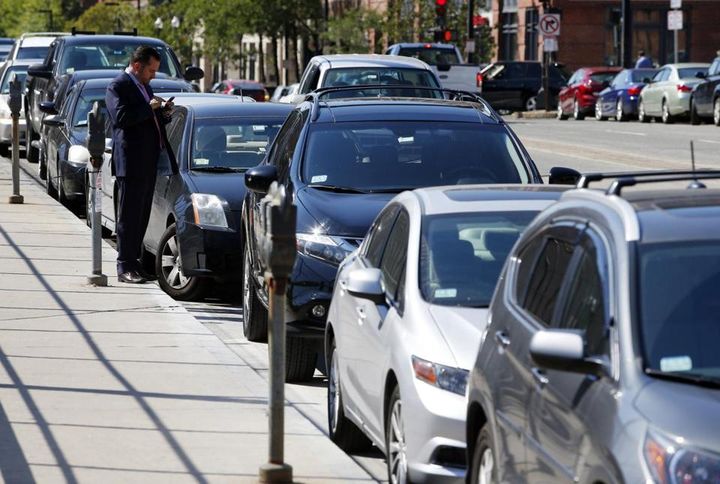The trend of increasingly large cars has made the streets increasingly crowded. Not only that, it also increases the risk of fatalities in collisions between cars and pedestrians and cyclists.
The European Transport & Environment (T&E) is planning a campaign to urge lawmakers to impose size limits on new cars, especially SUVs. According to the group, the increasing size of cars has increased the risk to traffic safety.
According to the T&E report, the width of new passenger cars has increased by over 1 cm every 2 years. The average width of cars has increased to 180.3 cm in the first half of 2023, from 177.8 cm in 2018. Data compiled by the ICCT confirms that cars are getting bigger in the past two decades until 2020.
All new cars in the EU currently comply with a maximum width limit of 255 cm. However, T&E believes that lawmakers should consider setting appropriate limits for each type of vehicle, if they do not want SUVs to become as big as trucks.
James Nix, Director of Vehicle Policy at T&E, said, “Cars have been getting wider for a few decades and this trend will continue until we establish stricter limits. Currently, the law allows passenger cars to be as wide as trucks. The consequence is the emergence of large SUVs and American-style pickups, posing a danger to pedestrians, cyclists, and all road users.”
T&E’s research also shows that among the top 100 bestselling models in 2023, 52% of cars sold are wider than the minimum designated on-street parking space (180 cm) in major cities, including London, Paris, and Rome. Street parking spaces are now becoming tight even for average-sized new cars (180 cm wide), while large luxury SUVs are no longer suitable. With a width of about 200 cm, large luxury SUVs leave little space for passengers to get in and out of the car.
Despite the increasing congestion in cities, luxury SUV models are getting bigger in size. For example, the Land Rover Defender has increased by 20.6 cm compared to the previous version, the BMW X5 has increased by 6 cm in just six years, and the Volvo EX90 has increased by 4.1 cm compared to the XC90. Not only large models, but the trend of expanding the size also applies to medium and small models. Therefore, most new generation models are much larger in size than their predecessors.
In most cases, new cars are larger in width, length, and height than the previous generation. According to T&E, this increases the level of danger in the event of a collision. Recent statistics show that increasing the height of the front of the car by 10 cm increases the risk of fatalities in collisions with pedestrians and cyclists by 30%. In addition, the increasing size of cars combined with an increasing number of cars each year makes the available space for movement narrower, leading to an increased risk of accidents.
Some cities in Europe have imposed stricter parking regulations for SUVs. Soon, Parisians will vote on a proposal to triple the parking fee for large-sized cars. If passed, the new measure in the capital of France will set an important precedent for many other areas considering similar changes.
Barbara Stoll, Clean Cities Campaign Director at T&E, said, “SUVs are a threat to urban infrastructure. Unless we act now, more and more of our valuable public space will be taken away by increasingly larger cars – this is not the cleaner, brighter, greener future that people desire.”
T&E advocates for EU lawmakers to reconsider the maximum width of new cars as they update regulations in the coming months. In addition, city authorities should impose parking and bridge fees based on the size and weight of cars, so that large SUVs and luxury pickups pay more when they occupy more space.
Thái Sơn (Tuoitrethudo)
References: Transport & Environment































.jpg)
.jpg)
.jpg)
.jpg)
















